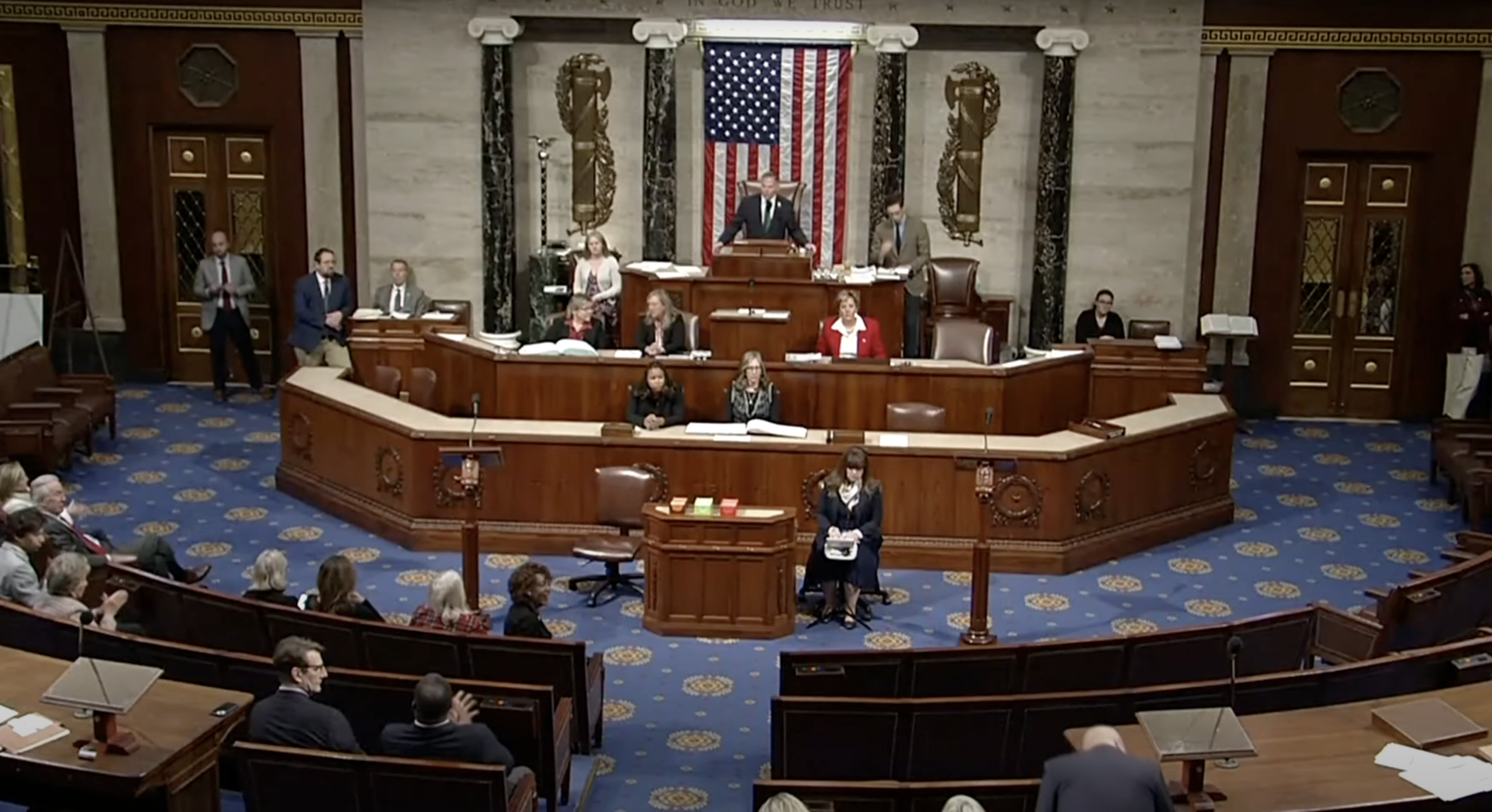In a significant showdown within the Republican Party, a recent House vote on a continuing resolution endorsed by President-elect Donald Trump faced substantial opposition, with 38 GOP lawmakers breaking ranks to join Democrats against the measure. The resolution was pitched as a means to prevent a government shutdown and further the ‘America First’ agenda, a pivotal aspect of Trump’s political platform. Although Trump advocated for the bill as critical for the nation, emphasizing assistance for disaster-stricken areas and farmers, many Republicans rebelled, leading to the proposal’s failure. While Trump labeled the passage of the resolution as a potential victory, it ultimately fell short of the necessary majority support to succeed.
Trump’s backing of the funding bill, which included substantial financial relief measures, underscored his agenda to promote economic recovery through increased federal spending. Featured in the package was a two-year suspension of the debt ceiling alongside over $100 billion designated for disaster aid. However, the proposed legislation was met with fierce resistance from segments of the Republican caucus, who characterized it as contributing to unsustainable fiscal policies that would exacerbate national debt, which currently stands at $36 trillion. Many opponents criticized the bill for its lack of substantive spending cuts and the perceived prioritization of quick fixes over long-term fiscal responsibility.
Among those voicing objections was Representative Chip Roy (R-TX), who became a focal point of Trump’s ire. Trump derided Roy as “unpopular” and accused him of seeking publicity at the expense of party unity and legislative progress. He articulated that some Republicans positioned themselves contrary to the party’s objectives, framing the dissenters as enabling Democratic agendas instead of contributing effectively to problem-solving in Congress. Trump’s comments reflected a broader concern regarding internal party divisions and the need for cohesiveness to achieve the broader party agenda under his leadership.
The primary issues driving opposition to the resolution revolved around fears of escalating government spending and an extended debt ceiling without associated constraints. Key Republican dissenters voiced their concerns through social media, noting that continued deficit spending would only prolong inflationary pressures affecting American families and businesses. Several representatives articulated their decisions based on moral and fiscal grounds, criticizing the lack of accountability measures that would accompany the proposed increases in government borrowing. Prominent among the objections were observations of the failure to provide substantial fiscal reforms alongside the significant increase in bankruptcy capacity that the resolution allowed.
For many House Republicans who opposed the continuing resolution, the vote represented a critical moment to assert their commitment to fiscal conservatism and responsible governance. Statements from lawmakers revealed a shared sentiment that Congress should prioritize spending cuts and limit government interventions in the economy. By rejecting the proposal, these Republicans aimed to send a strong message about their lack of support for policies they believe contribute to long-term national financial instability. Notably, the call for separating major components of the funding bill into individual votes highlighted a growing frustration within the party regarding the complexity and potential risk of omnibus spending measures.
Despite the internal rifts depicted by this vote, the rejection of the funding bill serves as a reminder of the challenges facing the Republican Party in maintaining coherence amid diverse viewpoints regarding fiscal policy and governance strategy. As future funding battles loom, the divide could shape the party’s trajectory and legislative effectiveness—as lawmakers strive to balance the need for immediate relief with long-term fiscal sustainability. Whether the party can effectively unify around its principles in the face of these complex decisions remains to be seen, making this moment a critical juncture for both Trump’s agenda and the broader GOP framework amidst a politically charged climate.

